Remote work is the wave of the future. If the state of the current workplace is any indicator, scheduling flexibility in the form of remote work options is poised to become the standard, not just a nice perk of employment.
And to be completely honest, what’s not to love about it? The internet has shown that many people in today’s economy can perform their tasks remotely and still achieve normal levels of productivity.
What’s more, the better work/life balance that remote work options engender does wonders for employee well-being and job satisfaction.
Employers need to realize that the predominance of remote work is something that will stick.
If they don’t hop onto the train of offering flexible remote scheduling, then they will fall behind when it comes to capturing top-tier talent.
With that in mind, we compiled this list of the top 25 remote work statistics you need to know for 2020. These statistics capture a snapshot of the prevalence, productivity, and favorable opinion of remote work scheduling.
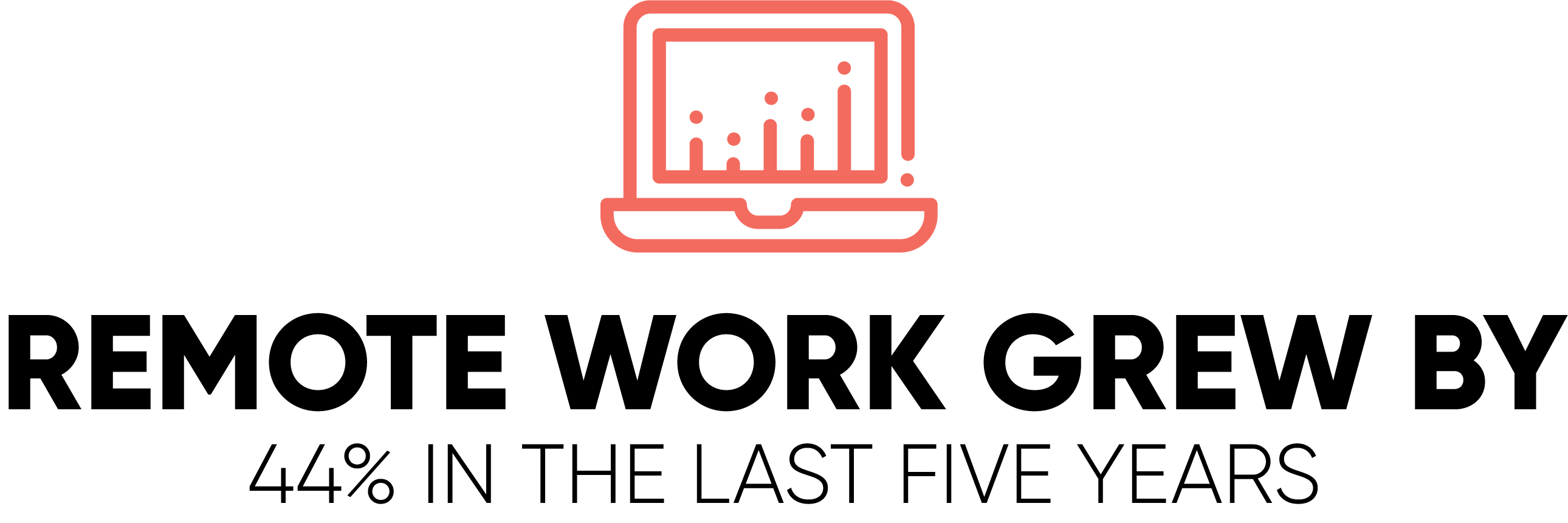

2. Remote Work Opportunities Are More Common in High Income Areas
Remote work is localized by income level. Higher-income regions are more likely to have positions that offer remote work scheduling. The simple reason why is that remote work opportunities are normally tied to information-based positions like software development which can be performed off-site [1].
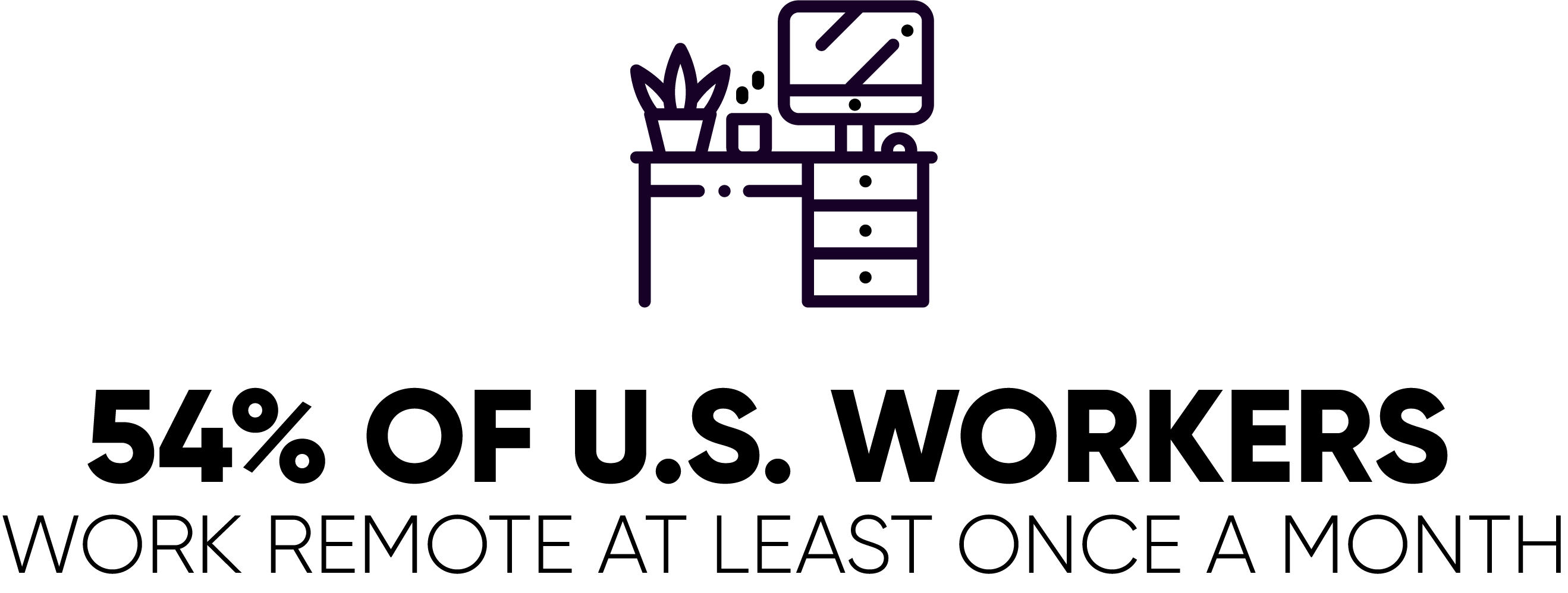
3. 54% of US Workers Work Remote At Least Once a Month
Over half of the working population in the US has some kind of remote opportunities. 54% said they work remotely at least once a month, 48% at least once per week, and a solid 30% work remote full-time [2].
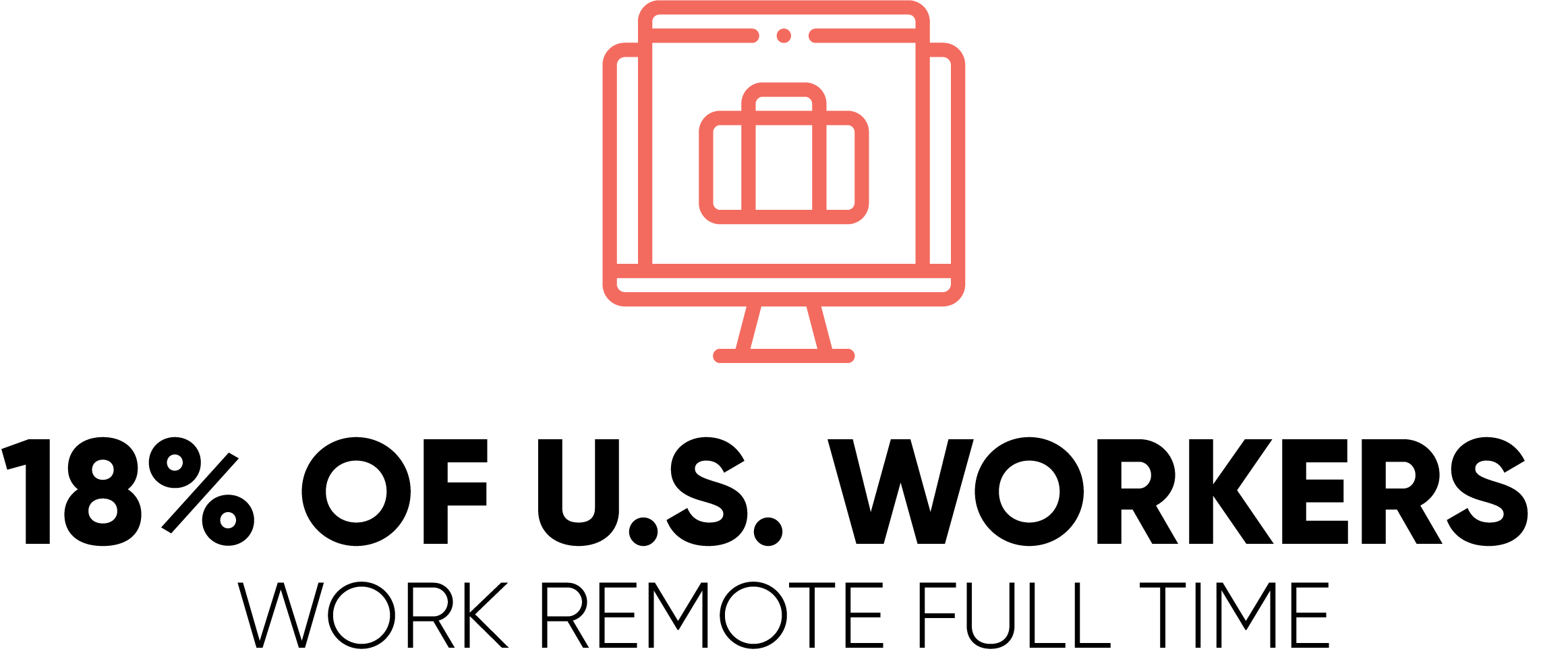
4. 18% of US Workers Work Remote Full-Time
Although the majority of workers in the US have some kind of remote opportunities, only about 1 in 5 US workers are employed full-time remote. On the flip side, about 32% of employees say they never work remotely, either due to lack of opportunity or they just don’t want to [3].

5. The US Is Behind in Global Remote Work Rates
Interestingly enough, the US has lower remote work rates than the global average. As of 2018, over 68% of the global workforce works remotely at least once per month [2].

6. Though More People Work Remote Full-Time in the US Than the Global Average
Although the US lags behind in overall remote work rates, the US has the highest rate of workers employed full-time remotely. US workers remotely work full-time 66% more frequently than the global average [2].

7. 99% of Workers Want Remote Work to Be a Part of Their Life Careers
People seem to highly value remote work too. 99% of surveyed respondents expressed a desire for remote work to be at least a part of their careers for the rest of their lives. That is about as close to unanimous support as it comes with statistical surveys [4].

8. 78% of All Departments Will Have Remote Work Opportunities by 2028
As the population ages and Millenials and Gen Z become the bulk of the workforce, remote work opportunities are expected to greatly increase. It is estimated that by 2028 3 in 4 employers will offer some kind of remote work scheduling to employers [3].

9. 41% of Global Companies Currently Have Remote Work Opportunities
As of the beginning of 2020, a full 41% of all global companies offer some kind of remote work opportunities. 60% of global companies provide some kind of “flextime” opportunities that allow workers to choose when to start and end the workday [1].
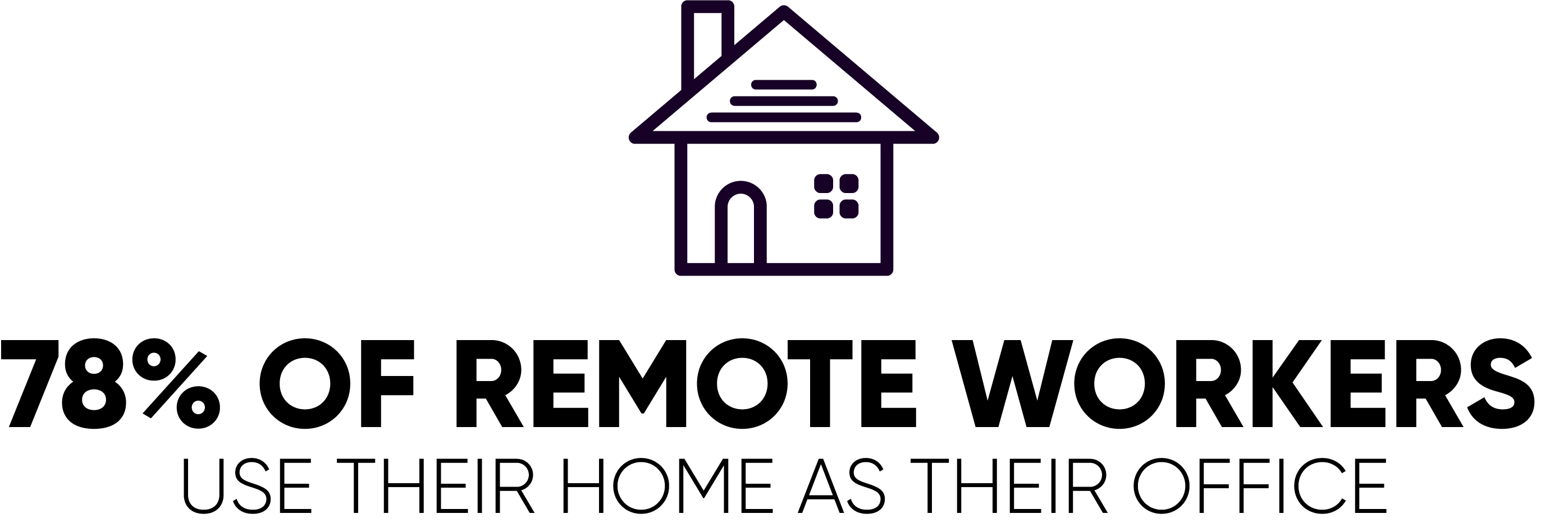
10. 78% of Remote Workers Use Their Home as Their Office
The vast majority of workers say they use their homes as their primary office when working remotely. It is easy to see why too. Working from home is extremely convenient as there is no commute and fewer distractions. Coworking spaces and coffee shops/cafes were other popular places for people to work remotely [4].

11. Remote Workers are 80% Less Likely to Be Stressed Than On-Site Workers
Remote work does wonders for employee stress levels too. 80% of surveyed remote workers said that their workweek involved either no stress or minimal stress on average [1].

12. Remote Workers are 57% More Likely to Be Satisfied With Their Jobs
Remote work is good for employee morale as well.
Surveyed remote workers were 57% more likely to say they felt satisfied with their jobs when compared to on-site workers [1].

13. Remote Workers Are More Productive
Remote workers can also put out just as much if not more productivity than traditional on-site workers.
65% of remote workers say that they are more productive working from home than they would be working in an office. Less stress from lack of commute, familiar space, and lack of distractions all contribute to increased productivity while working remotely [1].

14. Companies That Allow Remote Work Experience 25% Less Turnover
Remote work is also a way to decrease worker burnout and turnover.
Companies that allow some kind of remote work of flexible scheduling experience 25% less turnover than companies that don’t. Remote work decreases stress levels which increases job satisfaction and thus company loyalty [5].

15. Most Remote Workers Travel and Work at the Same Time
Work flexibility allows the opportunity for greater travel. 44% of remote workers say that they travel while working between one week and one month per year. In fact, only 7% of remote workers say they never travel and work at the same time [4].

16. 91% of Business Owners Say They Want to Support Remote Work
Business owners are waking up to the benefits of remote work as well. Over 9 in 10 business owners say they either want to support more remote work opportunities or that they intend to in the near future [4].

17. 40% of Businesses Employ Full-Time Remote Workers
4 in 10 companies report that they have at least a few full-time remote employees. 40% of companies said that part of their team works full-time remote and part is on-site. 31% of employers said that all of their employees work remotely full-time [4].

18. Remote Work Can Save Companies Over $44 Billion per Year
Remote work is beneficial for employers’ bottom line as well. In 2015, companies saved $44 billion in cost due to telecommuting. Each employer saves about $11,000 a year thanks to telecommuting. More remote work means fewer workplace expenses like internet, hardware, or electricity bills [3].
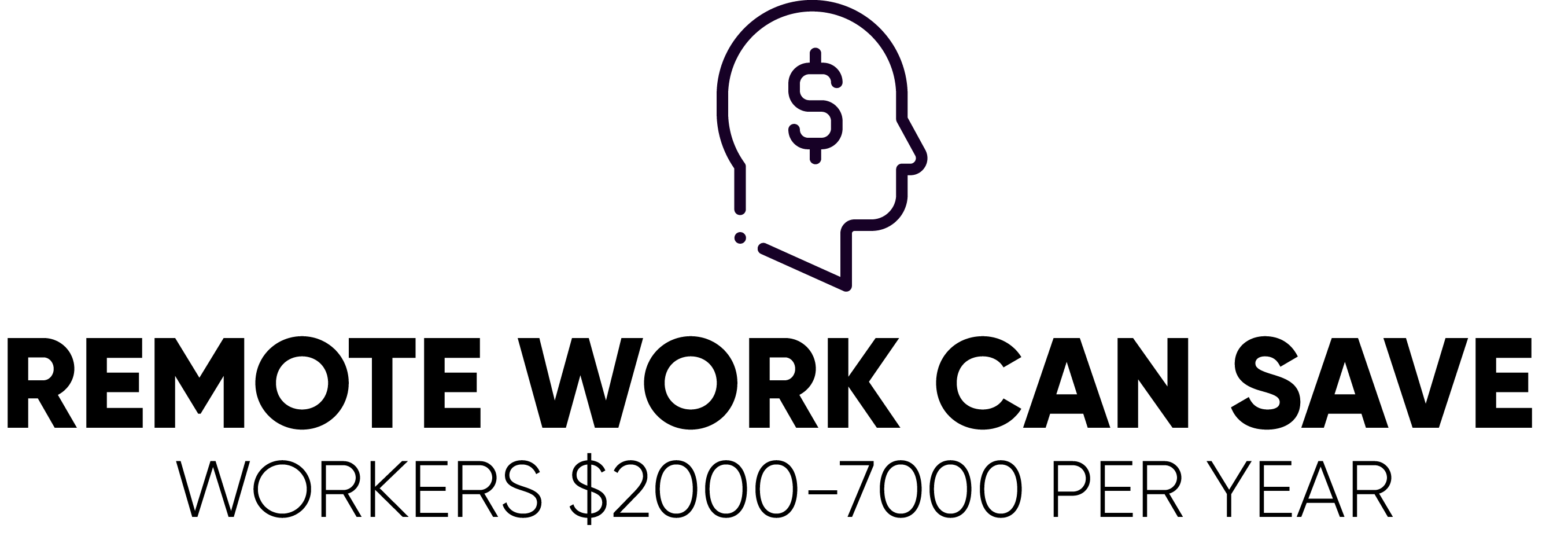
19. Remote Work Can Save Workers $2,000-$7,000 per Year
The lack of a commute for remote work means that remote workers save approximately $2,000-$7,000 in costs. Reduced costs include food, car maintenance, gas, and non-car transportation (bus, train, etc.) [6].

20. 50% of Employers Have Positions That Can Be Performed Remote
It is true that a large part of today’s workforce could be subsumed under remote work scheduling. 50% of companies in the US have at least some positions that could be moved to remote work [6].

21. Most Remote Workers are Individual Contributors
Given the flexible nature of scheduling, remote work positions are best suited for individual contributors. In fact, remote workers are 2 times more likely to be individual contributors rather than in managerial positions [7].

22. Small Businesses are Twice as Likely to Have Remote Positions
Remote work also seems to favor smaller businesses. Small to medium businesses are 2 times more likely to have remote work positions than large businesses with 1,000+ employees. This makes sense as remote work can cut business costs which is beneficial for companies that may not have a large revenue base [7].

23. Remote Work Is Better for the Environment
The lack of daily commute means fewer cars on the road and so less greenhouse gas emissions. Remote work scheduling in the US is estimated to reduce carbon emissions by 3.6 million tons. That’s over 3 million tons of carbon prevented from entering the atmosphere due to remote work [7].

24. 3 in 4 Workers Say Remote Work Helps Them Achieve a Better Work/Life Balance
Most remote workers are satisfied with their work schedules. 75% of remote workers say that their remote schedule helps them achieve their desired work/life balance [8].

25. 62% of Remote Workers Fear They Will Be Perceived as Lazy
Despite how popular remote work seems to be, remote workers nevertheless feel a bit guilty. 62% of remote workers say they fear that they will be perceived as not working as hard as their non-remote coworkers. At the same time, many remote workers feel that they can never “turn off” work because they work from their office [8].
Conclusions
Remote work seems to be more than a passing fad and is probably here to stay. As the population ages and younger generations become the bulk of the workforce, remote work options are expected to become a standard feature of employment, not a nice perk or benefit. You might also like these remote learning statistics.
This is with good reason too. Remote work features several benefits over traditional on-site work including but not limited to lower employee stress, higher productivity, decreased business costs, and greater company loyalty.
- Hering, Beth Braccio. Remote Work Statistics for 2020: New Norms and Expectations. FlexJobs, 13 Feb. 2020, www.flexjobs.com/blog/post/remote-work-statistics/. [↑] [↑] [↑] [↑] [↑] [↑]
- “2019 State of Remote Work Report.” Owl Labs, 2019, www.owllabs.com/state-of-remote-work/2019. [↑] [↑] [↑]
- Simovic, Dragomir. “The Ultimate List Of Remote Work Statistics – 2020 Edition.” SmallBizGenius, 28 Oct. 2019, www.smallbizgenius.net/by-the-numbers/remote-work-statistics/#gref. [↑] [↑] [↑]
- “State of Remote Work 2019.” Buffer, 2019, buffer.com/state-of-remote-work-2019. [↑] [↑] [↑] [↑] [↑]
- Digneo, Greg. “6 Important Remote Work Statistics To Know in 2020.” Time Doctor, 11 Mar. 2020, biz30.timedoctor.com/remote-work-statistics/. [↑]
- “Latest Work-at-Home, Telecommuting, Mobile Work, Remote Work Statistics.” Global Workplace Analytics, 2019, globalworkplaceanalytics.com/telecommuting-statistics. [↑] [↑]
- Bernazzani, Sophia. “45 Key Remote Work & Telecommuting Statistics for 2020.” Owl Labs, 4 Dec. 2019, www.owllabs.com/blog/remote-work-statistics. [↑] [↑] [↑]
- Wilkie, Dana. “Remote Workers Feel Productive but Also Guilty.” SHRM, 23 Mar. 2017, www.shrm.org/ResourcesAndTools/hr-topics/employee-relations/pages/remote-workers-feel-guilty-.aspx. [↑] [↑]